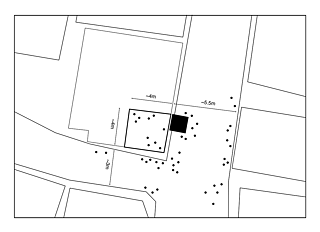Parkplatz is the German term for ‘parking lot’, but individually they could be read as ‘Park’ = (public)park + ‘Platz’ = (public)place.
© Studio GROSS
© Studio GROSS
Project
PARK-PLATZ creates temporary public space.
By re-appropriating parking lots in a local neighbourhood in Tokyo, the project aims to initiate placemaking. PARK-PLATZ creates opportunities to linger in public space, sit and rest, mingle and chat, exchange and take the time to perceive our urban environment. The program, with artistic interventions, wants to create a one-day festival in the middle of the city.
PARK-PLATZ refers to a series of walking-based research conducted in the seminar “Strollology - Perception and Traffic” in 1992/1993 at the University of Kassel, Germany. This year, thirty years later, we want to bring one of their ideas to Tokyo.
Tokyo has a unique urban morphology where numerous houses belong to individuals. At first glance, a village-like structure with the potential for community. But as public space is limited, neighbours long for opportunities to stay connected with each other. With a common strategy of turning empty private plots into parking lots, the urban fabric loses the chance of placemaking.
PARK-PLATZ changed this condition for one day. Join us and our particularly designed PARK-PLATZ vehicle on our journey to the “new public spaces” of Tokyo.
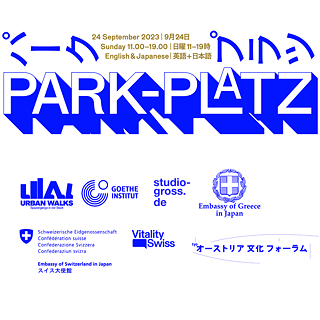
© Studio GROSS
© Studio GROSS
PARK-PLATZ applies Strollology - The Science of Walking - invented by Annemarie and Lucius Burckhardt.
Jetzt entdecken
PARK-PLATZ applies Strollology - The Science of Walking - invented by Annemarie and Lucius Burckhardt.
Strollology - the Science of Walking, developed within the framework of “Socio-economic Principles of Urban Systems”, a subject in the Department of Architecture, Urban and Landscape Planning at the University of Kassel between 1973-1993, led by Annemarie and Lucius Burckhardt—their experimental pedagogy combined backgrounds in socio-economics, political activism, and art. With students, they examined the perception and meaning of landscape. They found that landscape is a constructed image formed by education, such as literature, painting, poetry, folk music etc. Ultimately they applied their findings to the urban landscape. Through interventions, they created new images within the urban environment to change citizens’ perceptions. This walking-based research formed the Science of Walking and became known as Strollology.
Strollology developed within the framework of the course “Socio-economic Principles of Urban Systems” in the Department of Architecture, Urban and Landscape Planning at the Gesamthochschule Kassel (University of Kassel), Germany’s first reform university.
Between 1973 and 1993, Annemarie and Lucius Burckhardt developed an experimental pedagogy, combining their backgrounds in national economics, sociology, political activism and art.
With their students, they examined the perception and meaning of landscape. They found that landscape is a constructed image formed by education, such as literature, painting, poetry, folk music etc. Ultimately they applied their finding it to the urban landscape respectively. Through interventions, they created new images within the city to change the perception of pedestrians. A new way of walking the urban developed until the term “Strollology” emerged in 1990.
Strollology is well known in German-speaking countries - it is slowly becoming more visible in English. However, it still needs to be discovered in Japan. At the Tokyo Institute of Technology, we are researching its application in Japan. We are therefore pleased to publicly test the critical view of the built environment in Tokyo with URBAN WALKS.
In 1992 and 1993 a series of walks was created in the seminar “Strollology - Perception and Traffic” to investigate increasing mobilisation in the city. Among them, the intervention “Parking” Students carried tables and chairs from the seminar space into the urban area to deliberate on the perception of traffic. They placed their equipment in a public car park with a parking meter. They duly paid for its use. What sounds logical required special preparation. The participants also found themselves at the mercy of motorists’ disapproval.
In the manner of the Burckhardts’ seminar, we intend to apply “Parking” on Japanese ground. By re-appropriating park- ing lots in our neighbourhood (Arakawa), we want to show a different place-making.
Following the philosophy of the Burckhardts, we are planning an urban spectacle to interrupt everyday life using artistic interventions and thus ensure a change of perspective for passers-by and participants.
© Studio GROSS
PARK-PLATZ 1
‘STUDIO GROSS’
東尾久5丁目14-13
Intervention: introduction, collective preparation
Time: 20 min (11:00 - 11:20)
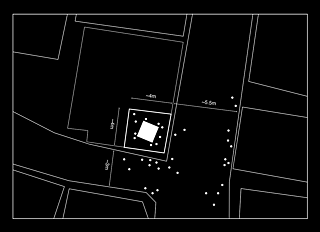
© Studio GROSS
PARK-PLATZ 2
‘Tomie’
サニーパーク 東尾久4丁目31
Artist intervention: Chloe Pare, Maurizio Cirillo
Time: 38 min (11:33 - 12:11)
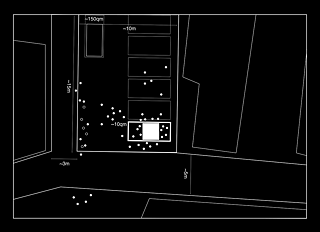
© Studio GROSS
PARK-PLATZ 3
‘Time’
タイムズ 東尾久5丁目 39
Artist intervention: Chloe Pare, Maurizio Cirillo
Time: 23 min (12:31 - 12:54)
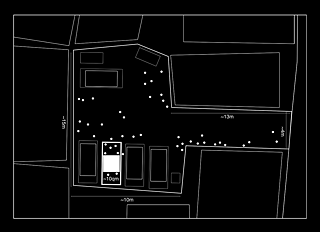
© Studio GROSS
PARK-PLATZ 4
‘Kohikiya’
パラカ東尾久第6 東尾久5丁目20-14
Intervention: Mayumi Akedo (Local Politician), Seta-san (neighborhood representative)
Time: 15 min (13:03 - 13:18)
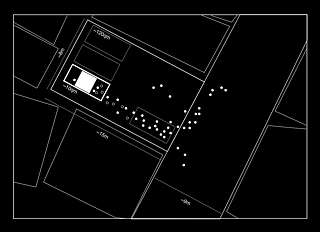
© Studio GROSS, Sonja Schmidt
PARK-PLATZ 5
‘OGU MAG’
NTTル・パルク 東尾久第14丁目24
Intervention: Coffee break
Time: 36 min (13:42 - 14:18)
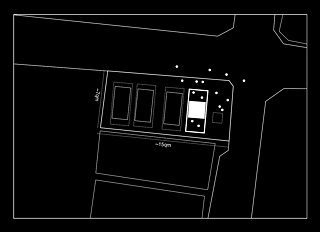
© Studio GROSS, Sonja Schmidt
PARK-PLATZ 6
‘Konaka’
コナカ 東尾久店 東尾久5丁目12-10
Intervention: Reading by Anne Gross and Masamichi Tamura, discussion
Time: 85 min (14:35 - 16:00)
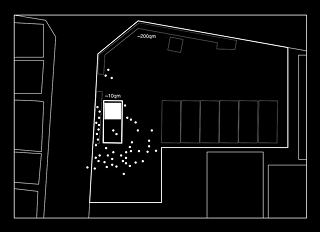
© Studio GROSS, Sonja Schmidt
PARK-PLATZ 7
‘STUDIO GROSS’
東尾久5丁目14-13
Intervention: open discussion, reflection
Time: 105 min (16:15 - 19:00)
